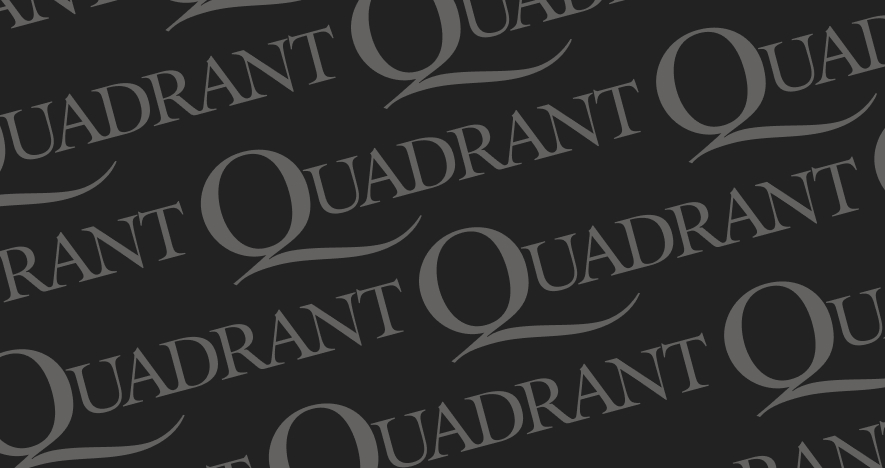
The Latest From Oliver Burckhardt
The Rhythm of the Brush
by Olivier Burckhardt
Chinese Calligraphy,
Ouyang Zhongshi and Wen C. Fong, editors;
Yale University Press, 2008, US$75.
The pervasiveness and fondness for the written word among the Chinese is legion, yet only in the last few decades has Chinese calligraphy begun to be appreciated as an art form in the West. Even such an eminent sinologist as Karlgren wrote in 1923 that “the brush has debased Chinese script”. This is in sharp contrast to the prevailing Eastern view that it is by the brush that the script has been exalted into the purest of art forms.
Of the several factors that kept so many for so long blind to the inherent aesthetic force of the squiggles of ink applied with brush onto paper or silk, the lack of a comparable art form in the West is largely to blame. The choice of the word calligraphy to translate the Chinese term shufa was also unfortunate, given that the Western word is by and large associated with a decorative craft rather than the visual arts, and etymologically derives from “beautiful writing”. The Chinese practice of shufa (handwriting mode) is by no means bound to a stylised handwriting or lettering, nor is it a mere slave to beauty.
Not until the advent of modern abstract art, which came to prominence via such artists as Kandinsky, did the West begin to have a comparable form in the visual arts that was not shackled to external representation but focused simply on the idea of point and line; perhaps it is only through an appreciation of abstract art that the West could begin to fathom the 3000-year-old Chinese tradition of wielding the brush to form the dots and strokes that make up Chinese writing.
Jun 01 2009
11 mins
Baldo: Volume 1 Books I-XII, Volume 2 Books XIII-XXV by Teofilo Folengo, translated by Ann E. Mullaney. Harvard University Press, 2007, 2008, each volume $29.95.
When the Benedictine monk Teofilo Folengo forsook cowl and habit—so the story goes—he took to wandering about Italy in the company of a young lady of society. Given his talent in dipping a nib into the blackest of inkpots to form well-turned verses in the Virgilian mode he staved off poverty and hunger by calling upon the lumpiest of muses to “ply their poet with macaroni and give him five platters, or eight, full of polenta”.
Mar 01 2009
6 mins

